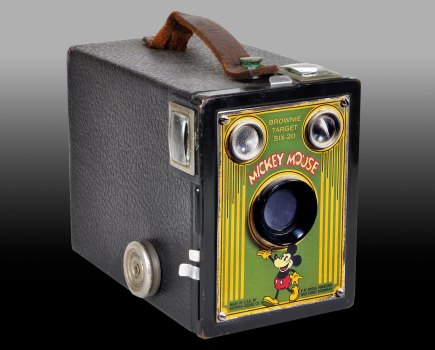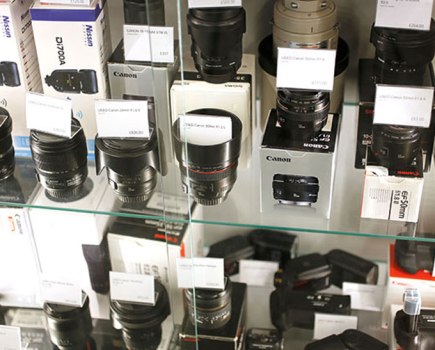AP Editor Nigel Atherton recently took a second-hand Fujifilm X100F on holiday. As he explains, it’s suddenly become a sought-after camera, but beyond the social media hype, how well does it work for travel photography?
Ever heard of Kylie Katich? I’m going to guess that’s a no. She’s a young American mother based in Utah, and a content creator on TikTok with 654,000 followers and 47.7 million likes for her short videos that cover everything from domestic life and parenting to photography.
Until last November I had never heard of her either. But then I decided to get a Fujifilm X100V to take on my holiday to South Africa, and was shocked to discover that the line had become the focus of a buying frenzy. It seemed virtually impossible to find one anywhere, unless I was prepared to pay silly money. For example, I saw a used X100V on Amazon for about $2,800 / £2,300, but that’s easily a grand more than it cost brand new when it was released in 2020.
If you can’t find the X100V or X100F have a look at these Fujifilm X100 alternatives!
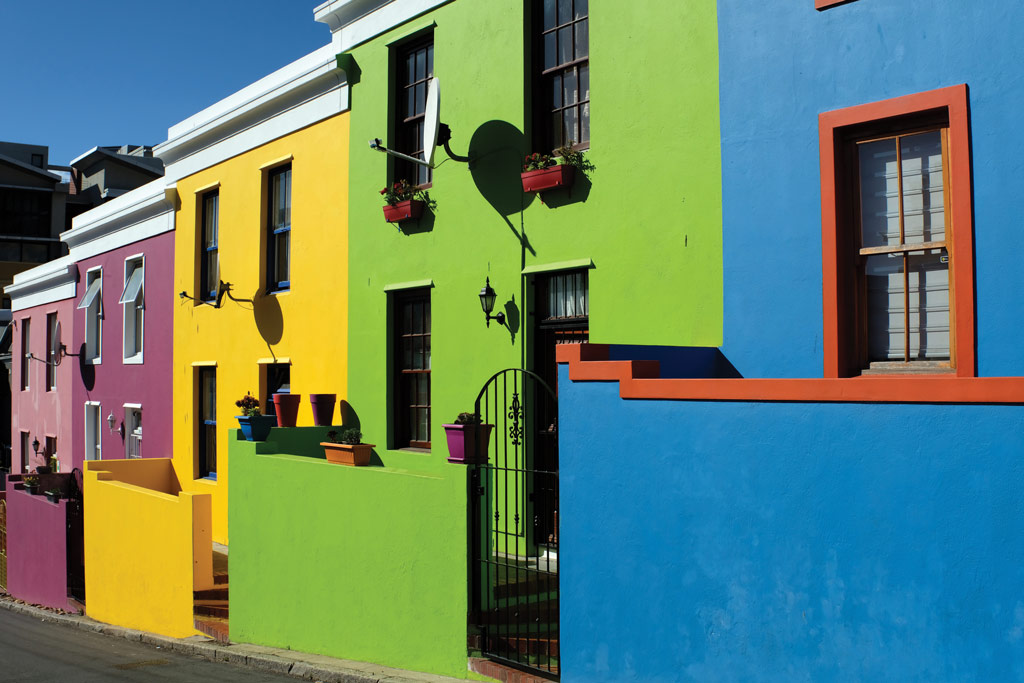
Colourful houses in the Bo’Kaap district of Cape Town: 1/1000sec at f/8, ISO 200
So what does this have to do with Ms Katich? Well this sudden surge in demand can apparently be traced back to her, and a series of videos she did on TikTok a few months back about her X100V, where she talked about how it looks like a really cool film camera but produces fantastic-looking JPEGs which you can ping to your phone and share with the world in seconds.
Fellow content creators went crazy. Those who couldn’t afford the X100V went back a generation or two till they found a model they could afford, and the prices of all models skyrocketed to the point where you’d need a grand even for the original X100 – which let’s not forget is a 12MP camera that came out in 2010. Prices for the series have now returned to a more realistic level, but still high, because social media is now full of influencers extolling the virtues of the X100V, and Fujifilm is unable to keep up with the demand for new ones.
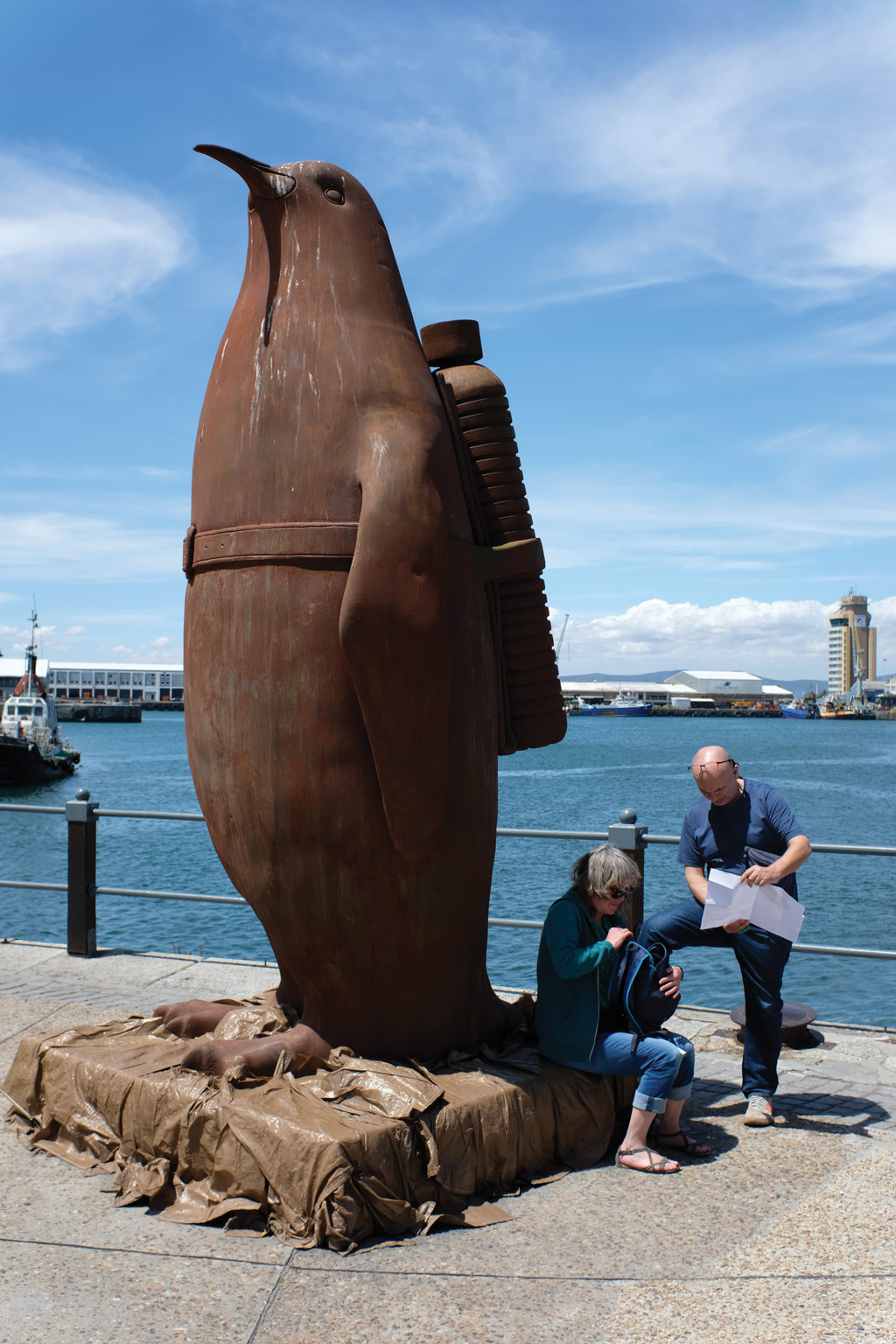
Public art work at V&A Waterfront, the shopping and entertainment hub of Cape Town: 1/950sec at f/5.6, ISO 200
The thing is, much as I enjoy eye-rolling at even the concept of TikTok influencers, they are not wrong on this occasion.
What is so special about the Fujifilm X100F?
The X100V is indeed a stunning camera, which is why I wanted one in the first place. I had promised my wife that this was a holiday and not a photographic expedition so I knew it would be the perfect camera for carrying around Cape Town – small, unobtrusive, fun to use and great picture quality. Fortunately I managed to track down a sole, slightly tatty-looking, but fully functional, Fujifilm X100F at MPB days before we were due to fly.

Staff member at steampunk-themed Truth Coffee, named the world’s best coffee shop by The Daily Telegraph: 1/60sec at f/2.8, ISO 1600
There are certain features that all X100s have in common: that lovely retro styling, the fixed 35mm equivalent f/2.0 lens, the hybrid optical/electronic viewfinder, and Fujifilm’s beloved film simulation modes. But each successive iteration improved upon its predecessor in different ways. The X100S (S for ‘second’) upgraded the original sensor from a 12MP Bayer to a 16MP X-Trans and squeezed a million extra dots into the EVF. The X100T (T for ‘third’) improved the viewfinder and LCD screen and added an electronic shutter.
The X100F (‘fourth’) took the sensor up to 24MP and added a joystick, a front command dial and a digital teleconverter, while the current X100V (V for five) gave it a 26MP BSI CMOS sensor, a 3.69m-dot OLED EVF, a tilting touchscreen and an improved lens.
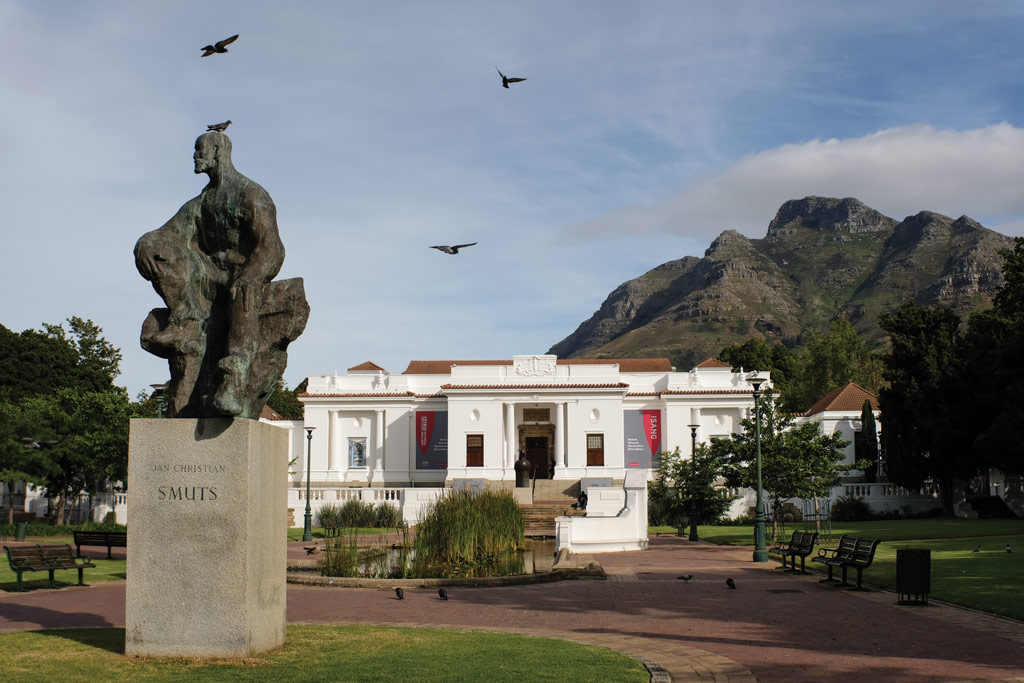
The South African National Gallery: 1/1600sec at f/5.6, ISO 200
In a perfect world I would have taken the X100V, for the tilt screen and OLED EVF, but I have Kylie to thank for that not being possible. But nevertheless the X100F is a fine consolation prize. It was perfect to slip into a pocket or my small messenger bag for those occasions where I didn’t want to carry a camera bag, especially in the city, where I had been warned about street crime and was cautious about brandishing anything that looked expensive.
Such fears proved unfounded – Cape Town’s streets were heavily patrolled by law enforcement, and our two weeks passed completely without incident. Indeed we were struck by the friendliness of the locals and by the justifiable pride they had in their city. Cape Town is a sun-kissed jewel nestled at the foot of one of the great natural wonders of the world. I really didn’t want to leave.

Had I been travelling alone, I would have done a lot more street photography, and the X100F would have been the perfect camera to do that. But it was also perfect as the camera to take when photography is not the main purpose of a trip and you don’t want your camera to get in the way. It’s the kind of camera every photographer should own – although Kylie Katich has made that a bit more difficult these days.
At a glance: Fujifilm X100F key features

- $1,300 / £1200 (approx used price)
- 24.3MP APS-C X-Trans CMOS sensor
- ISO 100-12,800 (standard)
- 8fps shooting
- Fixed 23mm f/2 lens
- Hybrid optical/electronic viewfinder
- 3in, 1.04m-dot fixed LCD
Join AP Editor Nigel Atherton and conservation photographer Tom Svensson on a memorable photography trip to South Africa. More details here.
Further reading
- Fujifilm X100V Review
- Best Fujifilm Cameras
- The best cameras for street photography
- Essential travel photography tips






